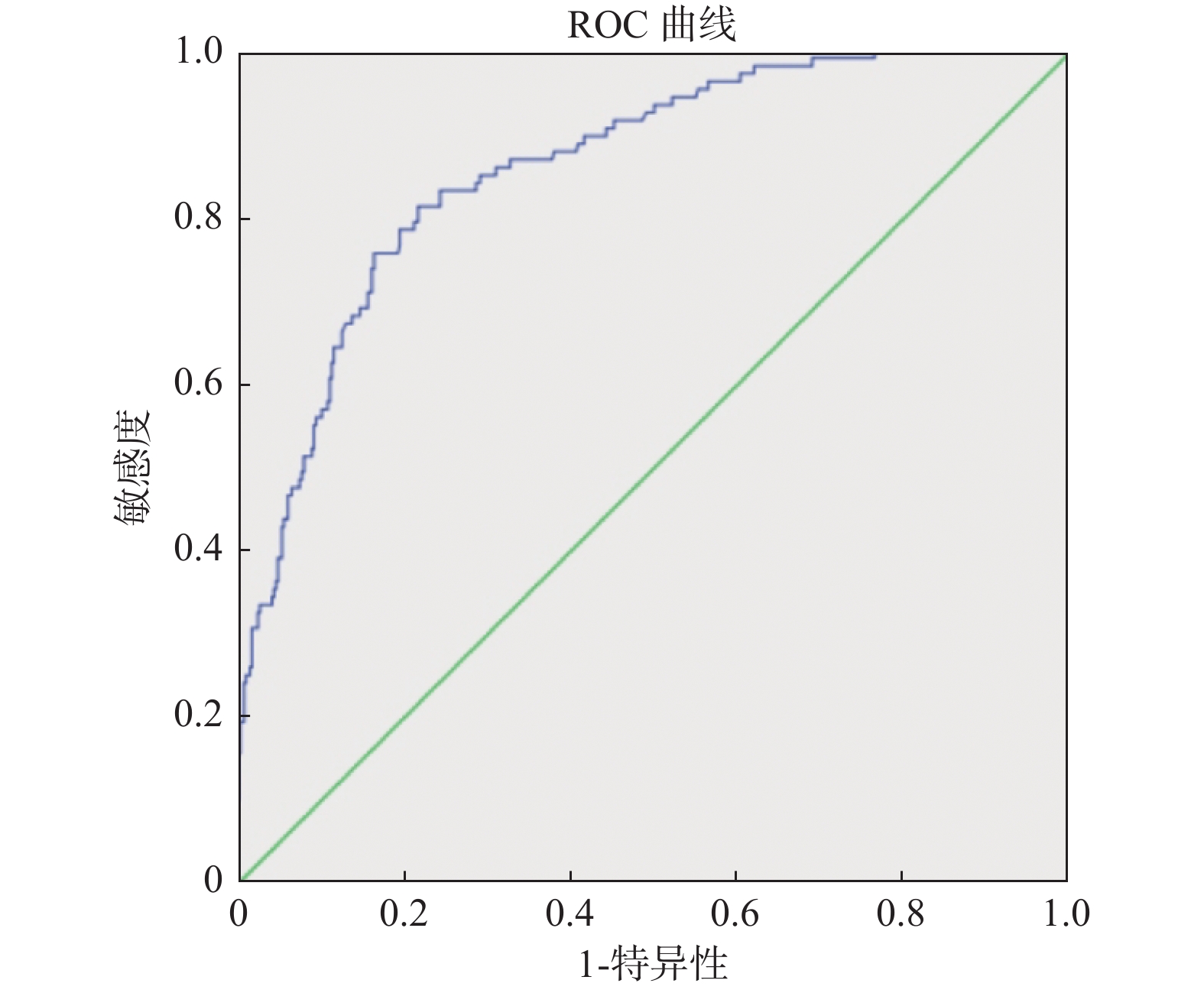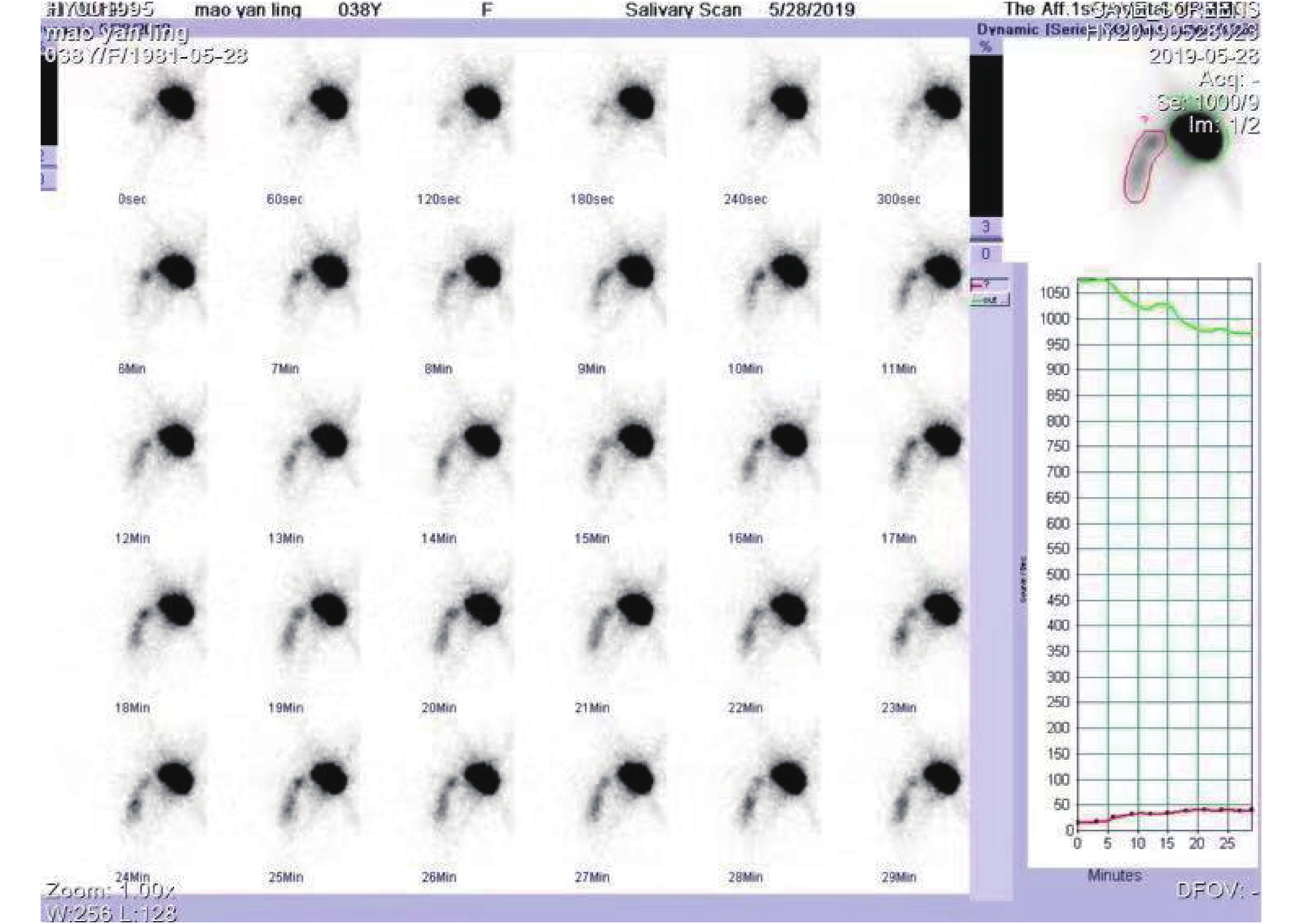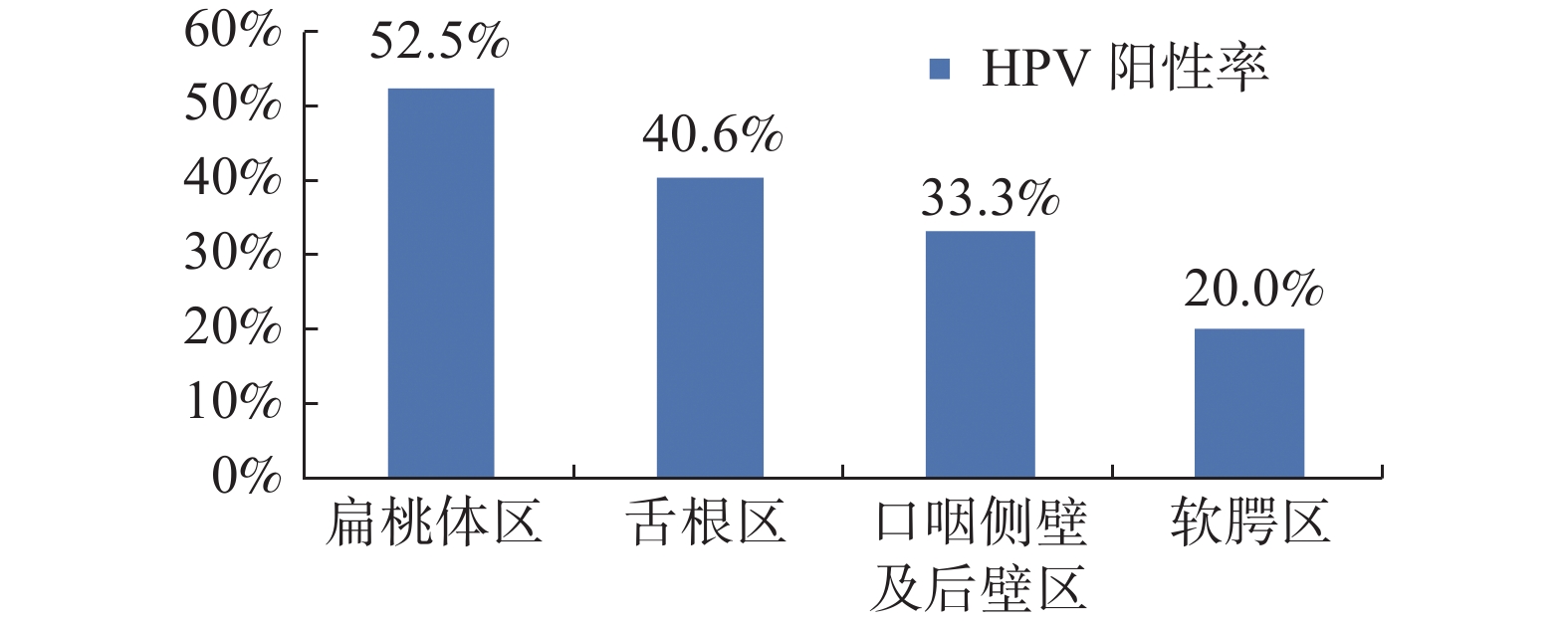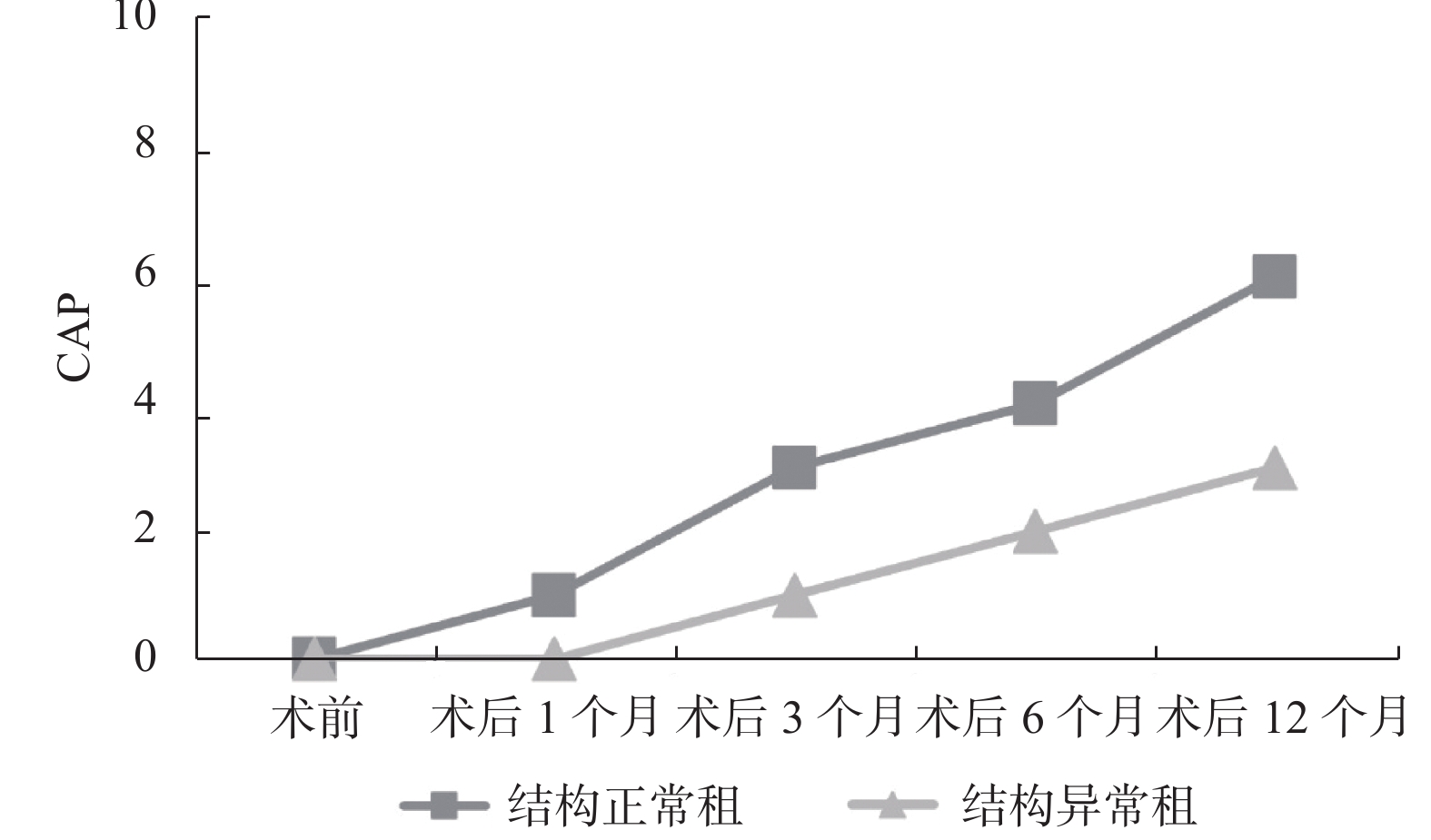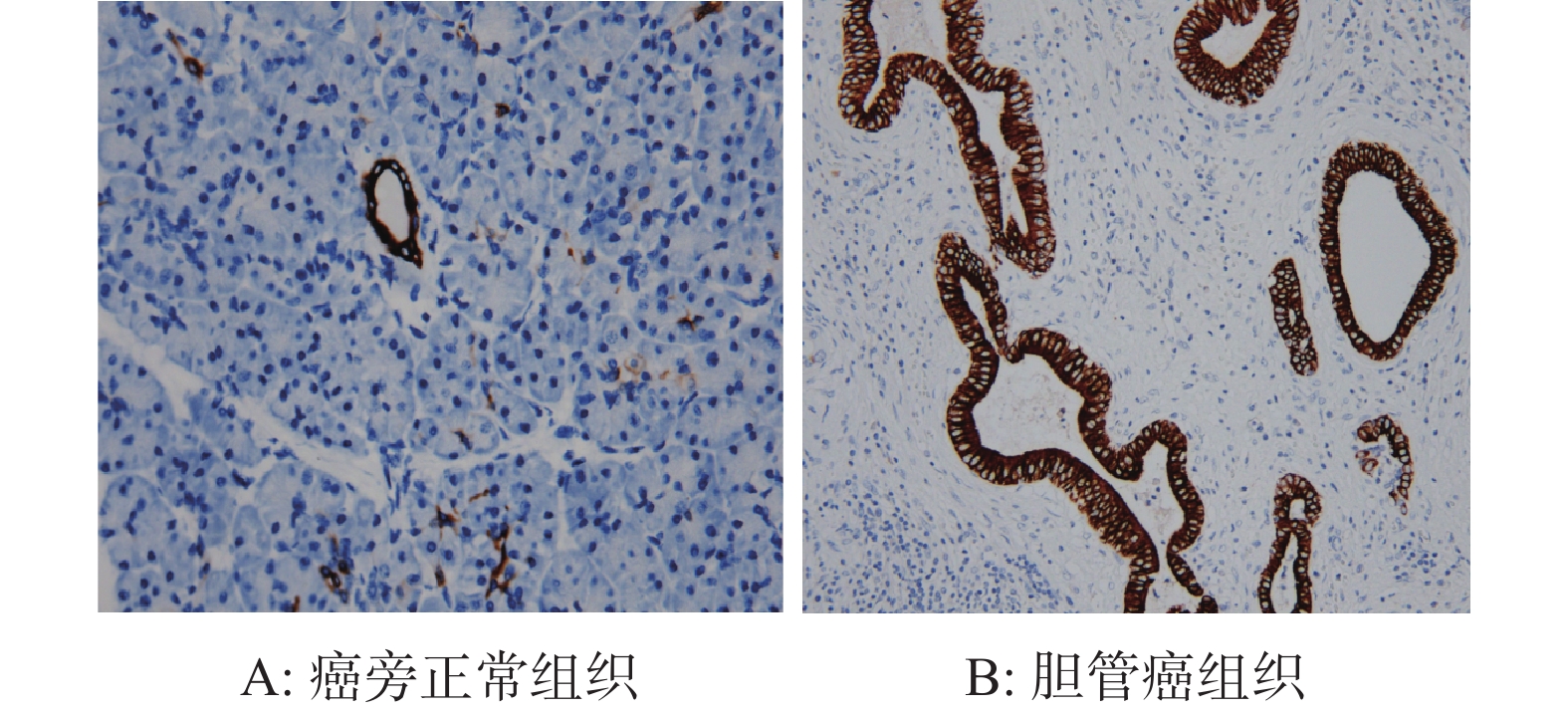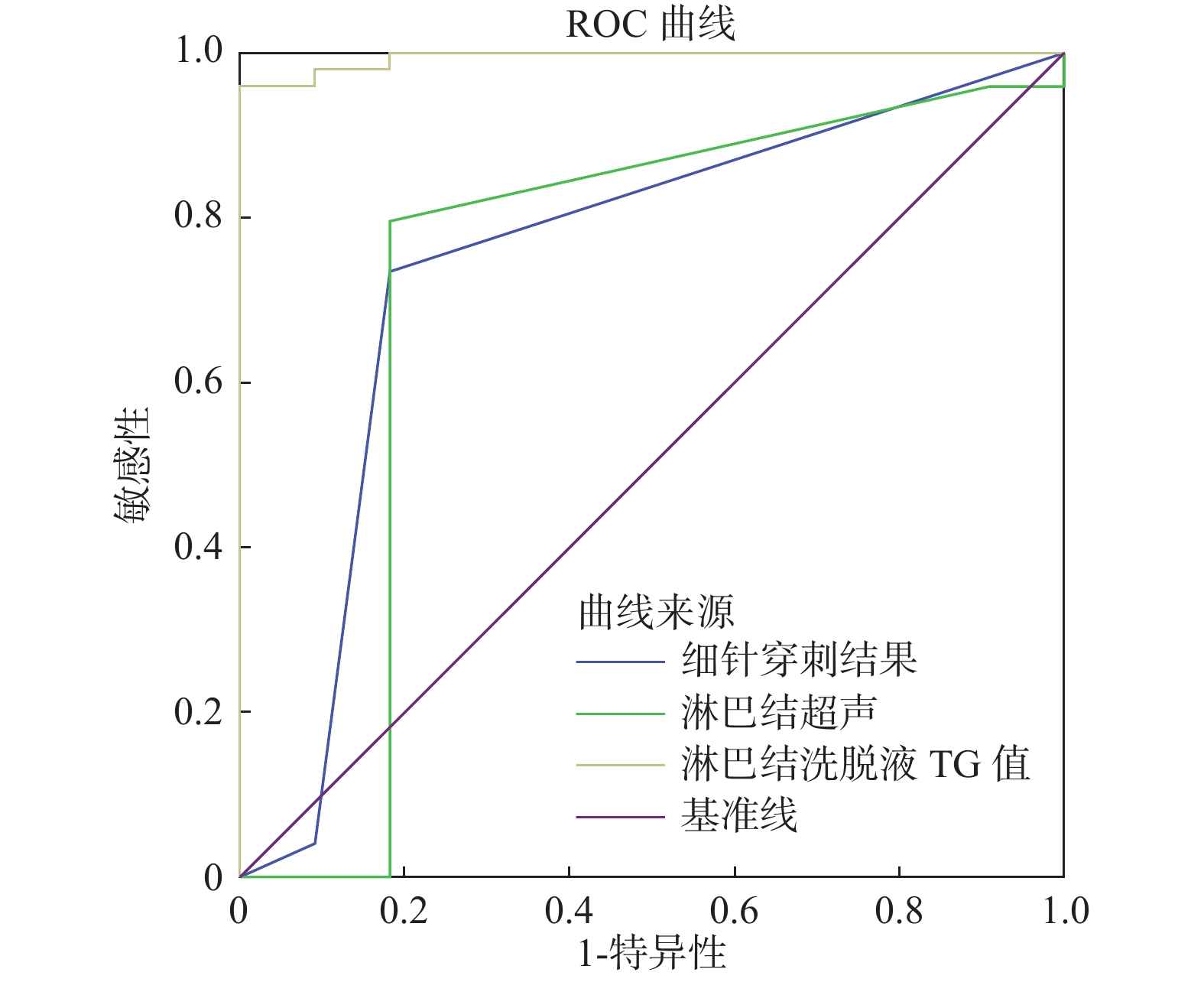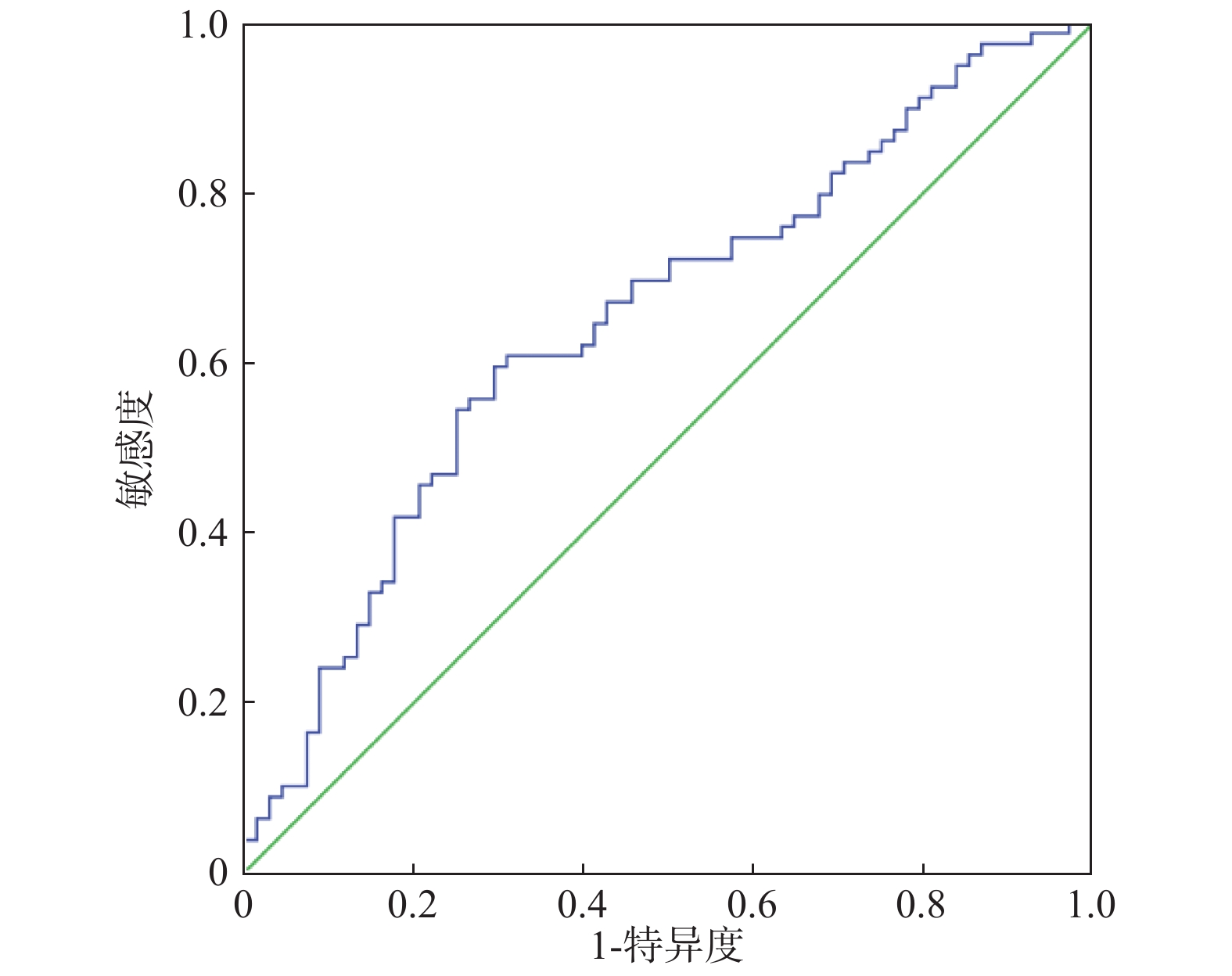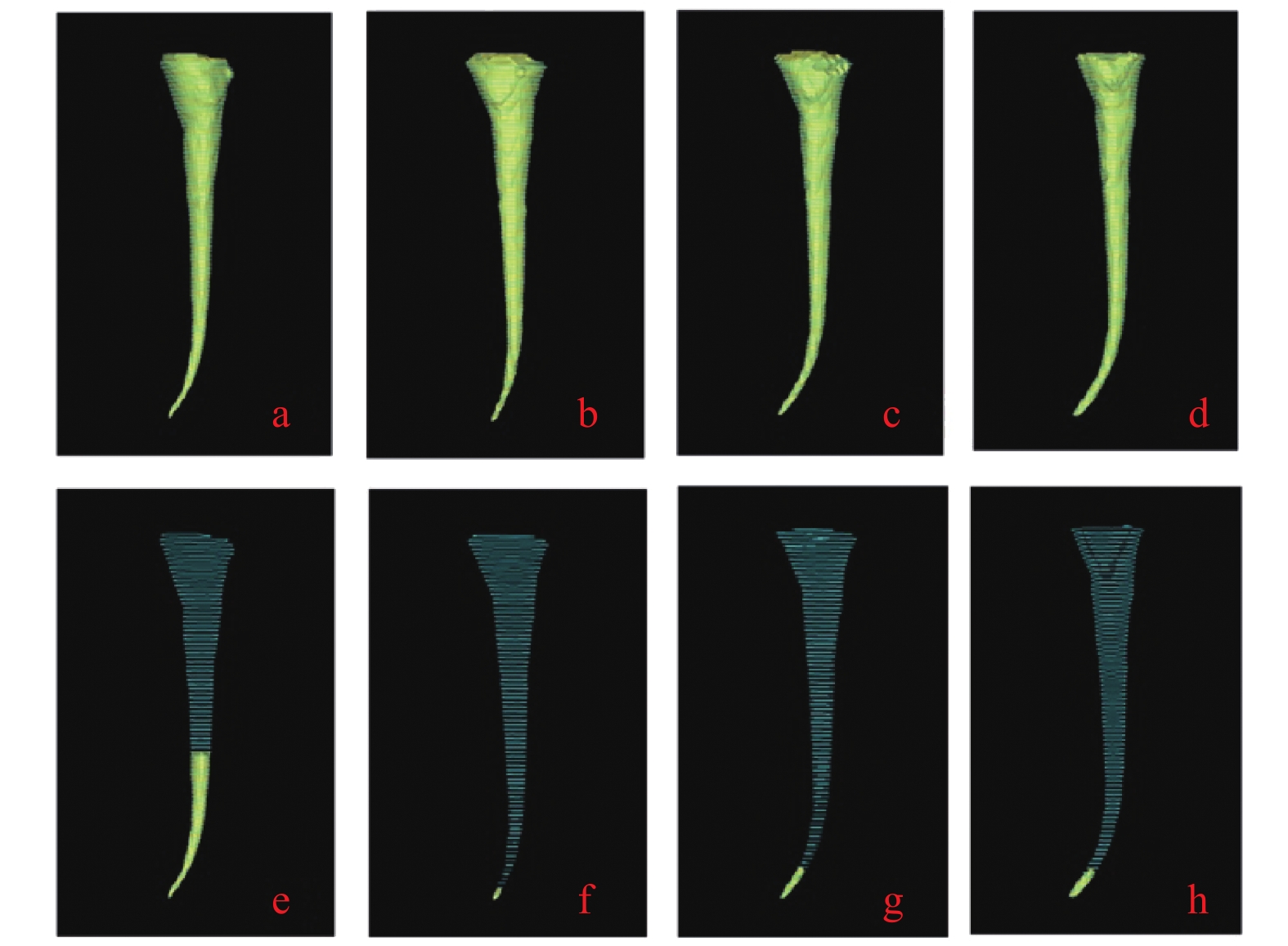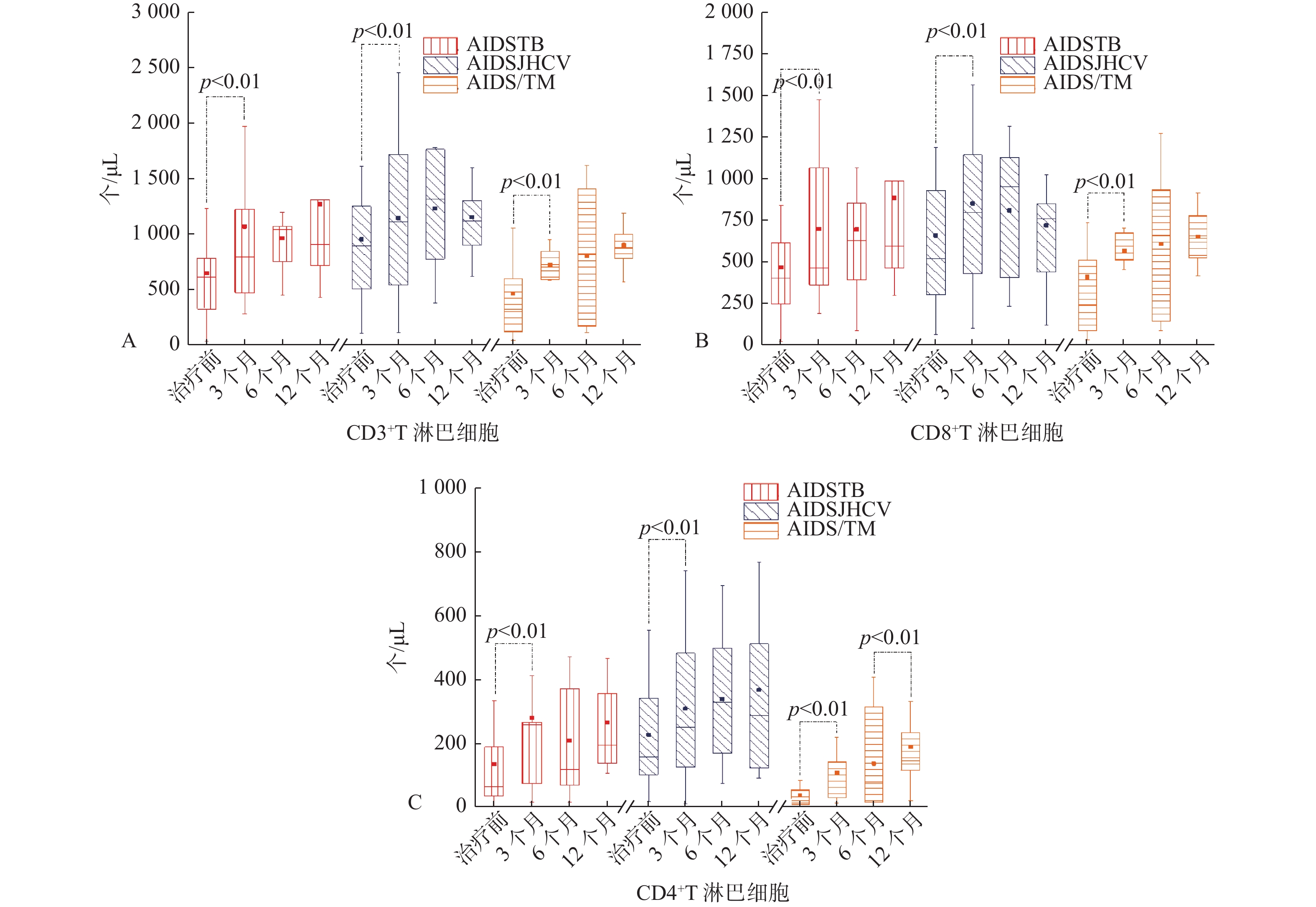2021 Vol. 42, No. 11
The goals of orthodontic treatment are balance, stability and aesthetics, an important physiological foundation for achieving the above goals is a good occlusal relationship, which includes static and dynamic occlusion. The evaluation of occlusal efficacy involves the static occlusal indicators such as overbite, overjet, midline and molar relationship at the intercuspal position (ICP), as well as the dynamic occlusion during the centric and non-centric excursions. The PAR index represents the degree of deviation from the ideal occlusion, and the occlusal alternations can be quantitatively evaluated by comparing the differences in PAR index before and after orthodontic treatment. The T-scan digital occlusal system can be used to evaluate the dynamic occlusion because of its characteristics of “force and time” correlation. In this paper, the advantages of PAR index combined with T-SCAN occlusal system in evaluating the occlusal efficacy of orthodontic treatment were reviewed.
Gastric cancer is the second most common malignant tumor in the world in terms of morbidity and mortality. It is a serious threat to human health.In recent years, with insulin resistance as the core of a group of metabolic disorder syndrome - the metabolic syndrome (metabolic syndrome, MetS) and the relationship between gastric cancer high-profile, a large number of studies had shown that various factors in the MetS and its complications could affect the occurrence and development of gastric cancer, the possible mechanism including hyperglycemia, obesity, insulin factors such as single or multiple factors synergy, this article aims to surrounding related research in recent years, were reviewed from aspects of the epidemiology, the pathogenesis of various metabolic factors associated with MetS and complications associated with stomach cancer.


 Email
Email RSS
RSS

